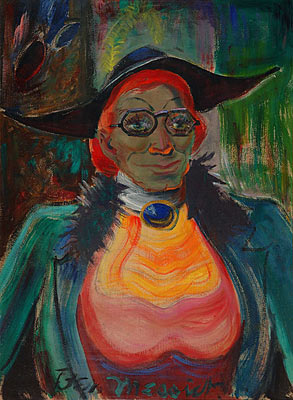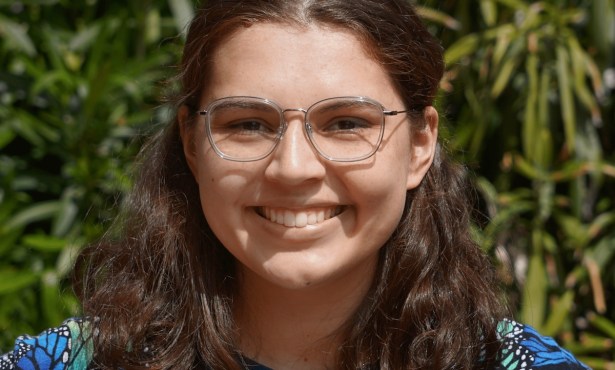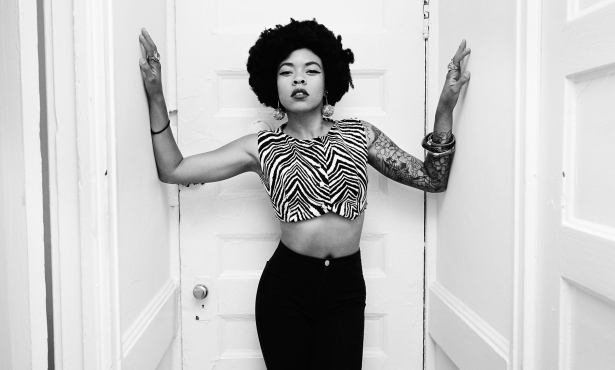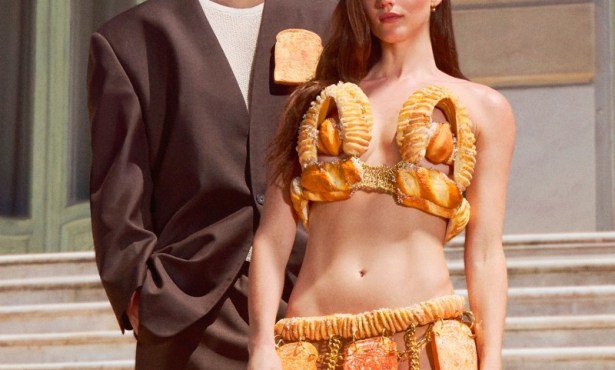L.A. Noir at Sullivan Goss
Exhibition Shows Influence of Visual Art on Film Genre
From its beginnings, Los Angeles has generated ambivalence. Every booster selling the sea and sun would appear to conjure the shadow of an equally enthusiastic conspiracy theorist peddling some darker version of what makes L.A. tick. The city’s split personality was perhaps most fully elaborated in the films and novels of the genre known as film noir. In this thoughtful and surprising exhibition at Sullivan Goss, a strong case is made for the influence of the visual arts on what previously has been understood as primarily a cinematic and novelistic phenomenon.

The first thing that jumps out at the viewer in this revision of L.A. noir history is the powerful impact of painterly Modernism. Howard Warshaw’s “Figure and Hydrant” from 1948-1950 puts Cubism in the service of documenting the violence associated with the automobile, here seen crashing into a fire hydrant. It is a kind of L.A. “Guernica,” stripped of political significance but still burning with menace. The most exciting objects in the show hang side by side: Bentley Schaad’s “Still Life of Oranges with Black Leaves” (1957) and a striking untitled wall piece by sculptor Ed Kienholz from 1958. The Schaad has it all-a compelling concept, a dramatic color scheme, and a powerful composition. The Kienholz, on the other hand, has nothing going for it, in the sense of poet Wallace Stevens’s “the nothing that is.” The piece was assembled out of castoff material Kienholz found in an alley, and the paint was applied with a kitchen broom. It’s L.A.’s answer to art brut, and, with Skid Row still very much alive and festering, it’s just as relevant today as it was 50 years ago.
One of the many strengths of the exhibition is its emphasis on the variety of characters who populated what was, until at least the 1970s, America’s most thoroughly and systematically segregated big city. Lorser Feitelson and Ben Messick bring the requisite femme fatales necessary for any true noir event, and Messick even supplements the category with what must be one of California’s earliest paintings (late 1930s) of a female impersonator. Things are not what they seem in the land of palm trees and beaches, and this show goes a long way toward showing the treacherous, fantastic underside of that deceptive California dream.



